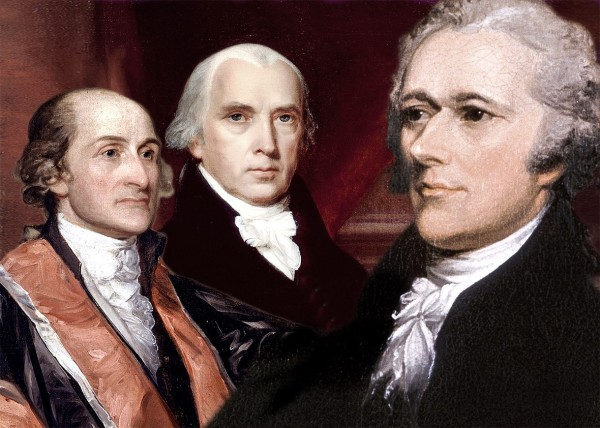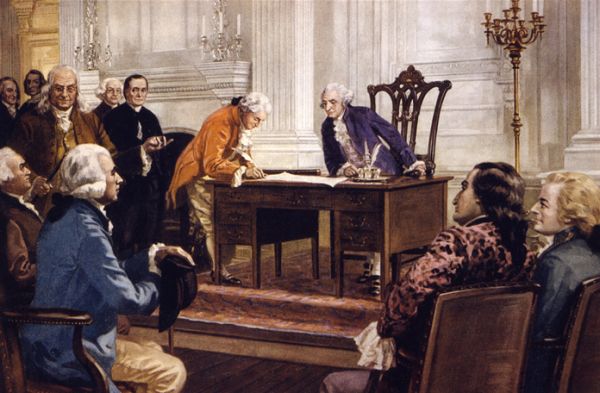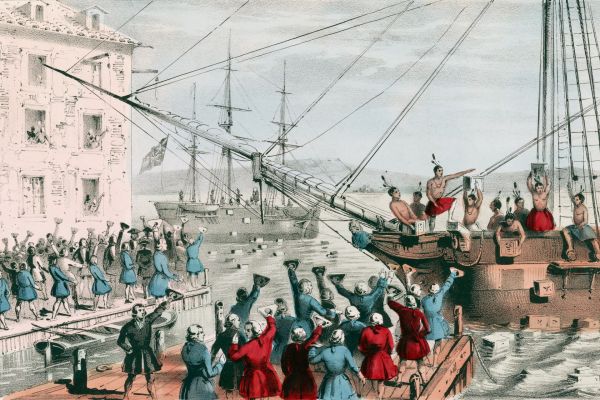The United States has always faced challenges due to it being an immigrant nation. The incorporation of new demographics into its society and culture is something we still deal with to this very day. As a result, fiery debates over what it truly means to be an American are always prevalent within its political and social sphere. First, the country was settled mostly by Anglo-Saxon Protestants, followed then by waves of Irish migrants(1820-1840). The latter immigrating to the US as a result of the Irish Potato Famine, which killed one million and led to the emigration of two million. Those found in the US were treated harshly due to xenophobic, anti-foreign, and religious prejudice. The Irish were mostly Catholic, and Americans considered them to be superstitious and blindly loyal to the Vatican. Catholicism was viewed as a threat to democracy, and many feared that it would undermine the strength of Protestantism in the United States.
Despite all the adversities, the Irish successfully assimilated into US culture and Society. They settled both rural & urban areas, working the land in the Western Frontier and establishing a major presence in cities like New York, Chicago, and San Francisco. Most Americans today have Irish ancestry.
The Irish are an example of resilience and willingness to create a legacy out of nothing. Today, there is a resurgence of xenophobia and anti-foreign sentiment in the US, this is a result of a substantial demographic shift between the minorities becoming the majority, and vice-versa. Moreover, we have a vast array of social programs and aid to migrants for them to integrate into American society, something we did not have before. This has resulted in people disliking migrants and stereotyping them as leeches of public funds that don’t contribute to American society. It’s always been a complex issue, but only time will tell what becomes of it. American identity is more diverse than it has ever been, resulting in a more complicated subject. Now more than ever, Americans are asking themselves what it truly means to be American. Is it the love of the flag, the constitution, and values? Or is it the color of your skin, your ethnicity or cultural background? Are people who come into this country illegally are as deserving as those who do so through legal means? Both parties certainly want to come here for a better life, but in what way should they approach it? This is the questions posed to us today, and only through dialogue and understanding will we reach a resolution.









